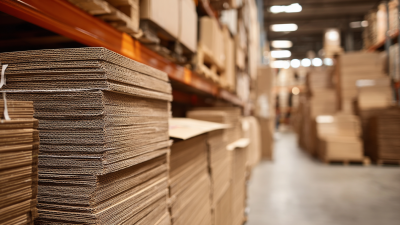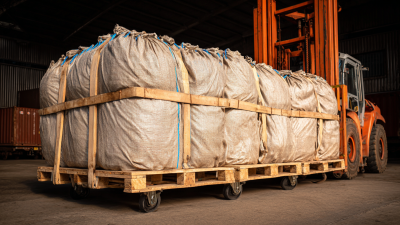
Choosing the right dunnage bag for your shipping needs is essential for protecting your cargo during transport. According to a report by the International Society of Packaging and Transport (ISPT), approximately 54% of all freight damage occurs during shipment due to inadequate packaging and securing methods. Dunnage bags, designed to fill voids and provide cushioning, can significantly reduce the risk of damage, ensuring a safer journey for your products. The global dunnage bag market is projected to grow at a CAGR of 5.2% from 2021 to 2026, illustrating their increasing importance in logistics and transportation. Selecting the appropriate dunnage bag based on factors such as bag type, material strength, and size can greatly enhance operational efficiency and minimize costs. Understanding the nuances of dunnage bags will not only safeguard your shipments but also contribute to a more sustainable and efficient supply chain.
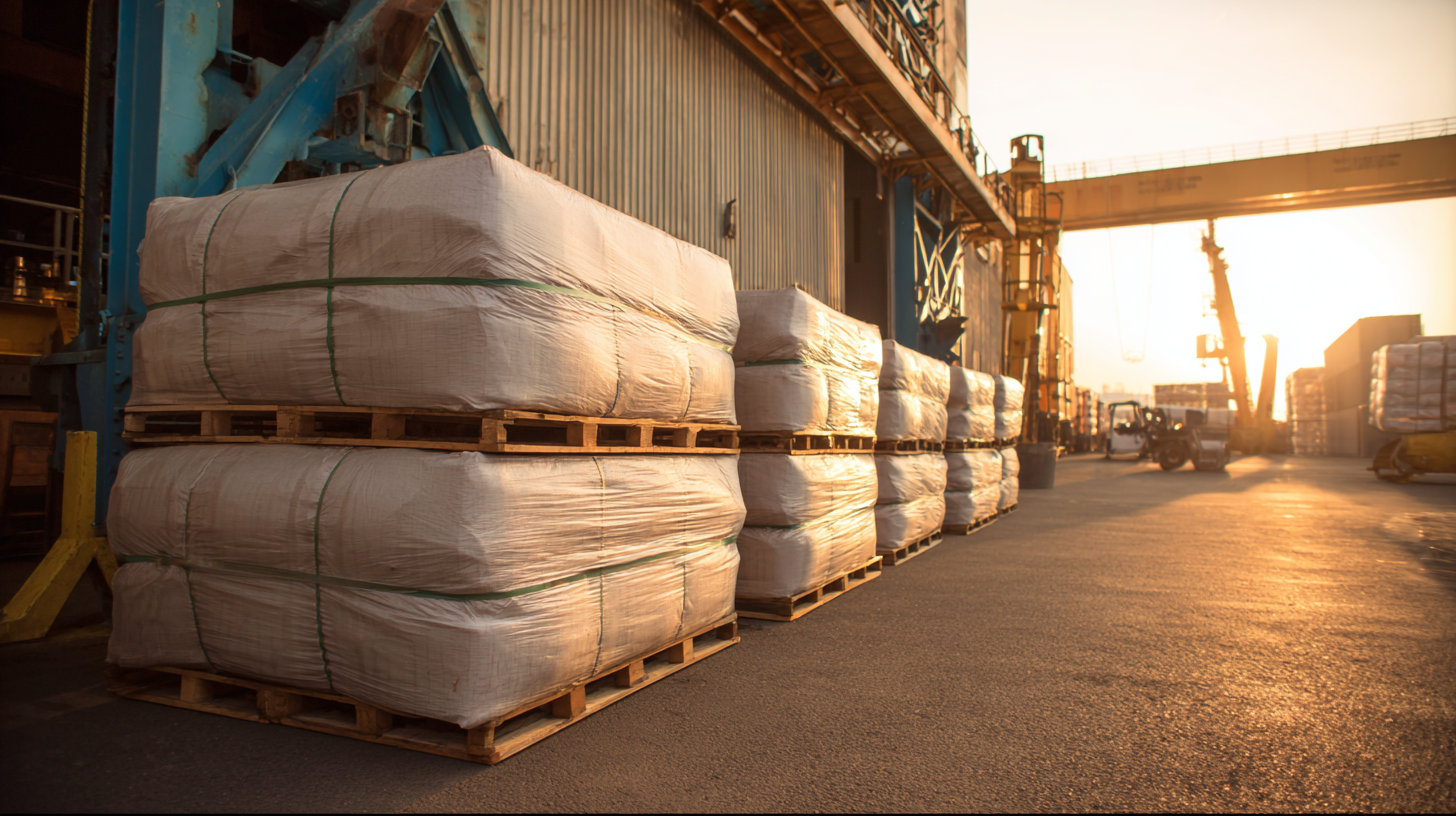
When selecting the right dunnage bag for your shipping needs, it's essential to understand the various types available and their specific applications. Dunnage bags come in different sizes, materials, and inflation methods, each tailored to protect goods during transport. For instance, air-filled dunnage bags are lightweight and easy to handle, making them ideal for filling voids in cargo loads without adding significant weight. In contrast, heavier-duty bags made from woven polypropylene are excellent for securing items in larger pallets, providing extra stability and protection against shifting.
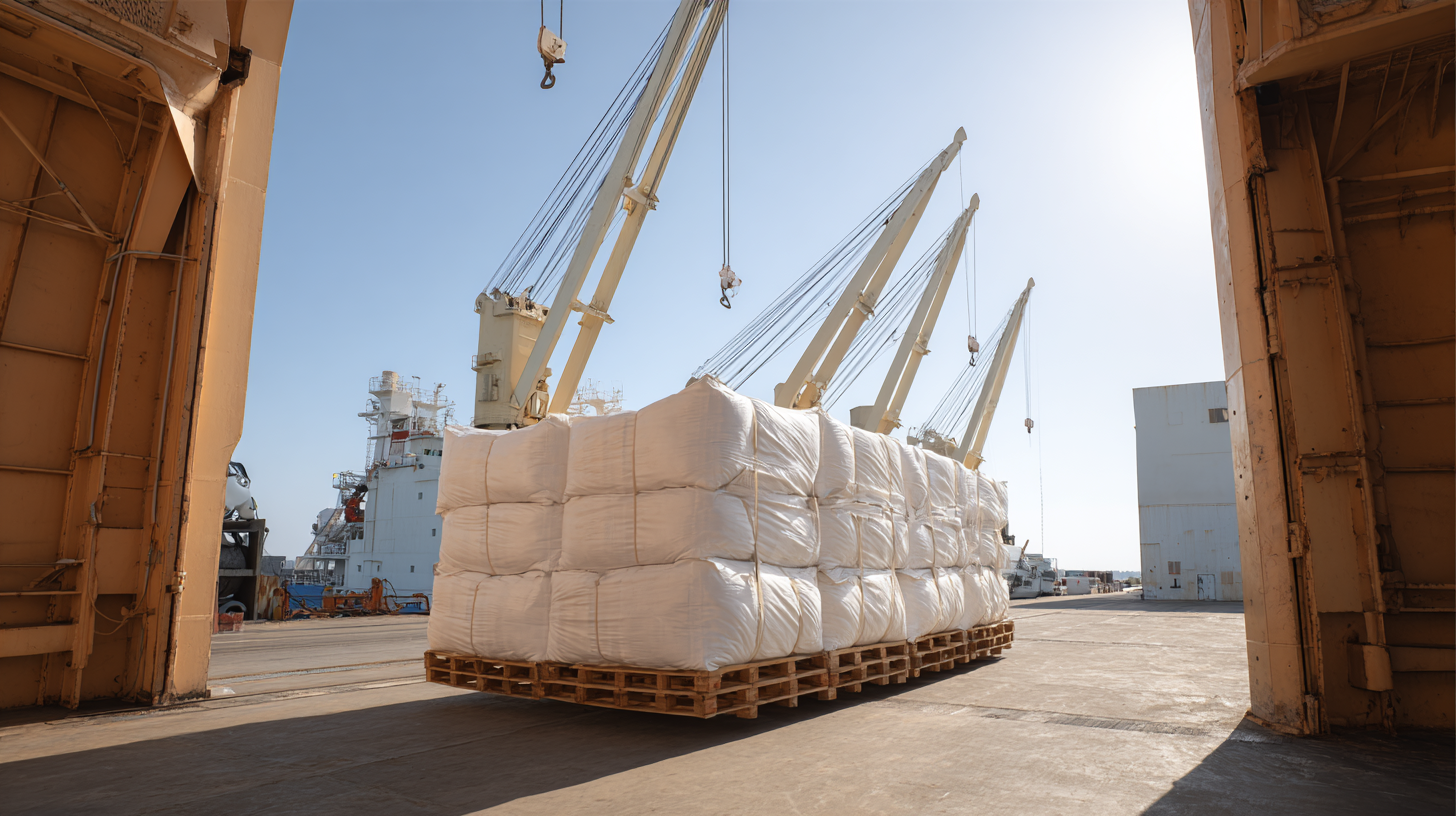
Tips: Always consider the weight and nature of your cargo when choosing dunnage bags. For fragile items, opt for bags that provide more cushioning and support to prevent damage. Additionally, assess the inflation system; manually inflated bags may suffice for smaller shipments, while larger operations might benefit from automated inflation machines to save time and labor.
Another important factor is the environment in which your dunnage bags will be used. If your shipment is exposed to moisture or harsh conditions, selecting moisture-resistant bags can ensure that they maintain their integrity throughout the transport process. Being mindful of the specific shipping scenarios your business encounters will guide you in selecting the most effective dunnage solution.
When selecting the right dunnage bag for shipping, understanding the appropriate size and strength is essential to ensure that products remain secure during transit. Dunnage bags come in various sizes to accommodate different shipping containers and load configurations. It is crucial to measure the void space between cargo items accurately to choose a dunnage bag that can fit snugly, preventing movement that could lead to damage. A bag that is too small may not provide adequate support, while one that is oversized can create unnecessary bulk and complicate the loading process.
Equally important is the strength of the dunnage bag, which should be matched to the weight and nature of the cargo. Various factors such as the type of materials, shipping conditions, and the potential for external pressure during transport must be considered. For instance, if shipping heavy industrial components, selecting higher-strength dunnage bags is essential to withstand the stress without rupture. By assessing both the size and strength of the dunnage bag, shippers can significantly reduce the risk of cargo damage and ensure a smoother shipping process, aligning with best practices in the logistics industry.
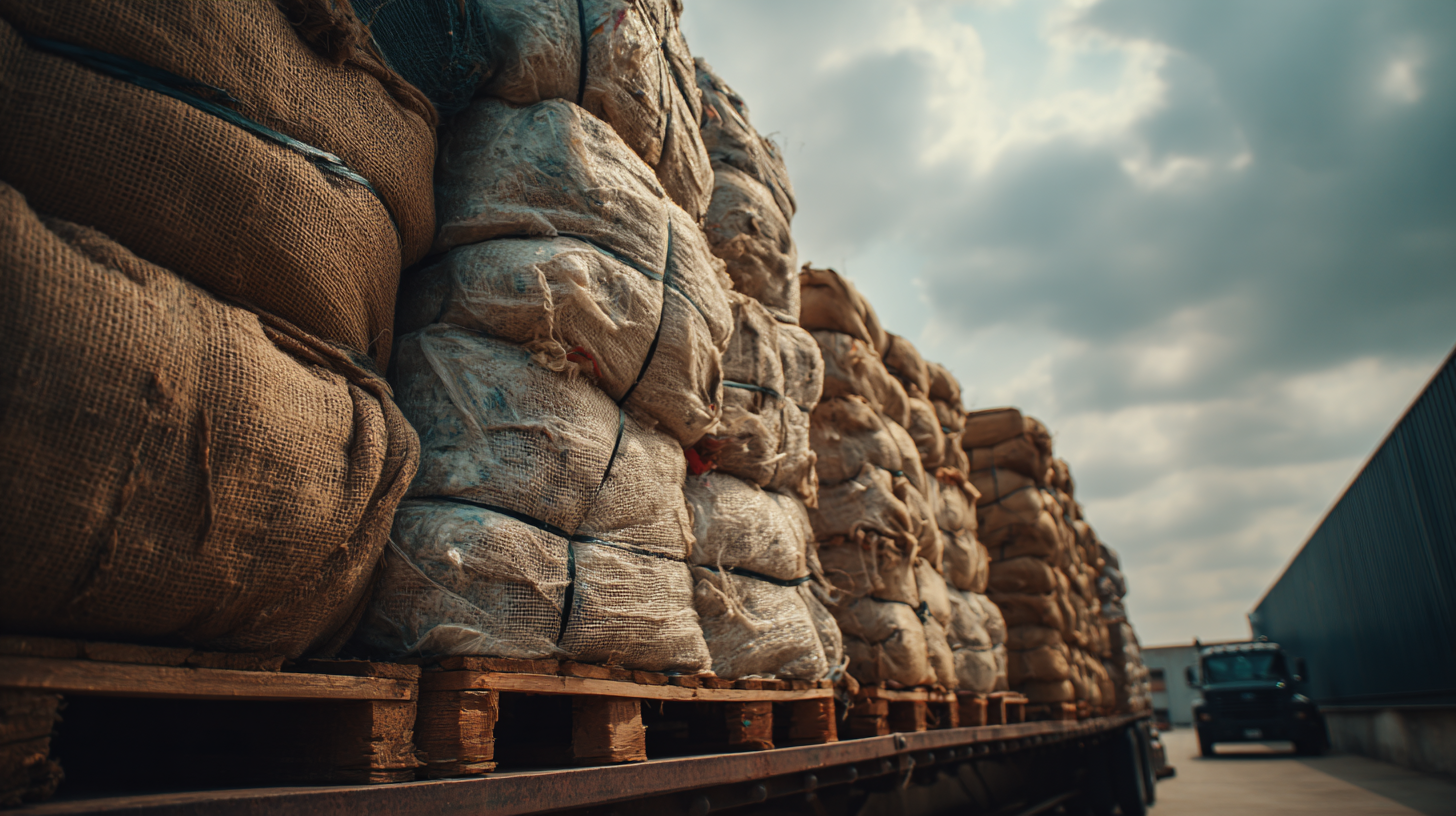
When selecting the right dunnage bag for shipping, evaluating material options is crucial for ensuring optimal protection and durability. In the industry, polyethylene and kraft paper are among the most commonly used materials. According to a report by the Institute of Packaging Professionals, polyethylene dunnage bags provide superior moisture resistance and can withstand heavy loads, making them ideal for shipping sensitive or high-value items. The material's flexibility also allows for better cushioning, reducing the risk of damage during transit.
Moreover, high-performance nylon bags have gained popularity for their remarkable strength and tear resistance. A study published by Packaging Strategies highlighted that nylon dunnage bags could endure forces of up to 1,000 pounds, which is essential for heavy freight applications. Selecting the right material not only impacts the safety of shipped goods but also contributes to cost efficiency. With the right dunnage bag, businesses can minimize product damage, leading to a significant reduction in re-shipping costs—estimated to be between 2% to 10% of a company's total shipping expenses according to the Shipping Efficiency Report.
When selecting dunnage bags for your shipping needs, cost-effectiveness should be a key consideration. Dunnage bags not only provide protection for your cargo but also contribute to the overall efficiency of your shipping process. To ensure you are making a wise investment, assess the total cost of ownership, which includes the initial purchase price, potential replacement costs, and the value of cargo protection they offer.
Tips: Always compare different brands and materials available in the market. Look for dunnage bags made from high-quality materials that offer durability without significantly raising your costs. Additionally, consider the capacity and strength of the bags, as selecting the optimal size can reduce waste and enhance the security of your shipment.
Evaluate the specific requirements of your shipment when choosing dunnage bags. Factors such as the type of cargo, shipping methods, and transit durations can greatly influence the effectiveness of the chosen material. Prioritize dunnage bags that not only fit your budget but also maximize security during transit, ensuring your products arrive safely and intact.
When it comes to using dunnage bags effectively, adhering to best practices for proper usage and maintenance is essential. Before incorporating dunnage bags into your shipping process, make sure to select the right size and type for your cargo. Proper inflation of the bags is crucial; they should be inflated to the manufacturer’s recommended pressure to provide adequate support and stability during transit. Additionally, ensure that the dunnage bags are placed strategically between items to prevent movement and reduce the risk of damage.
Maintaining dunnage bags is equally important for long-term use. After each shipment, inspect the bags for any signs of wear or damage; any compromised bags should be repaired or replaced promptly. Clean the bags according to the manufacturer's instructions to remove any debris or residues, which can compromise their integrity. Storing dunnage bags in a cool, dry place helps prolong their lifespan and ensures they are ready for use when needed. By following these best practices, you can maximize the effectiveness of dunnage bags and safeguard your shipments.

